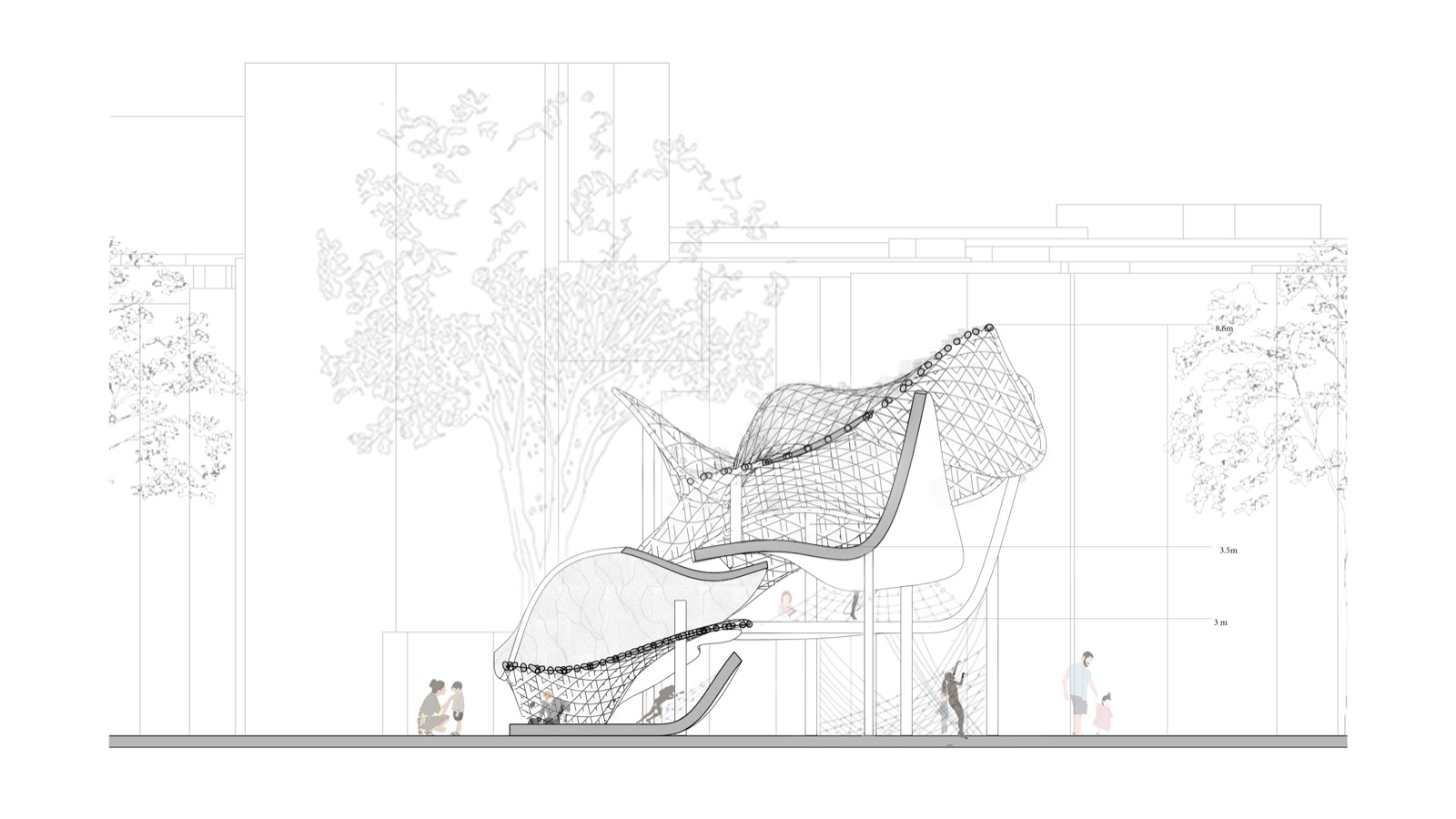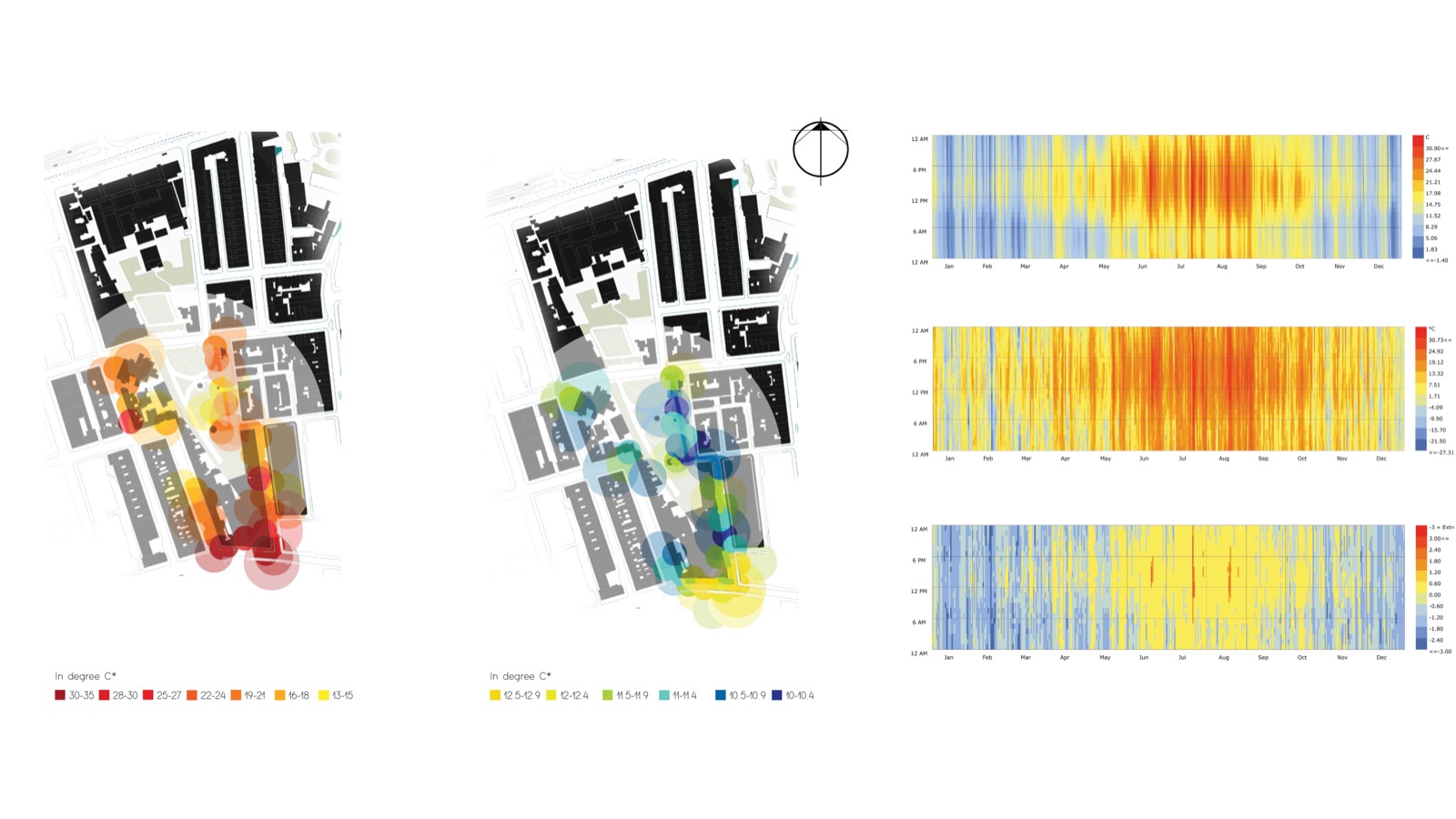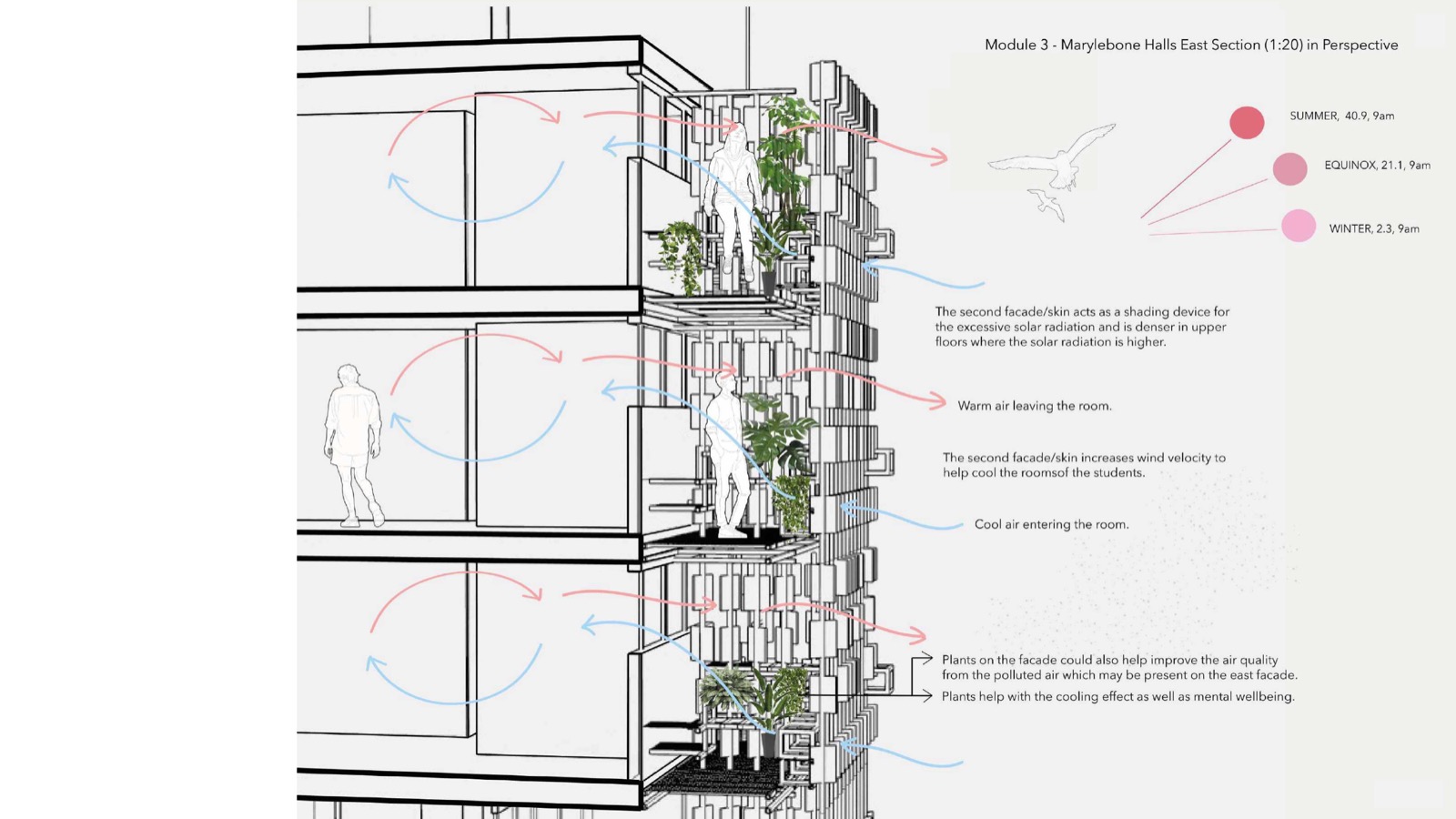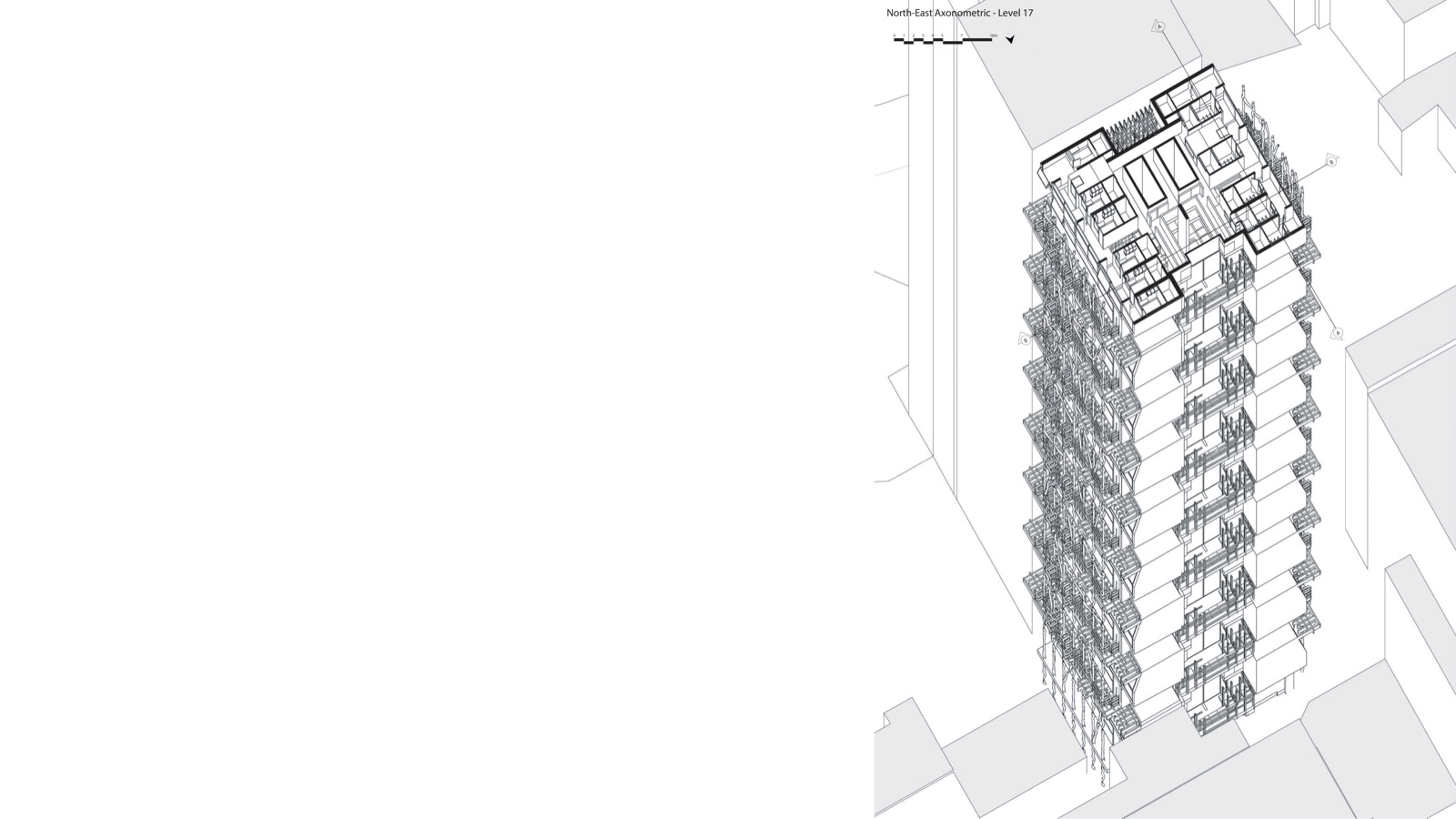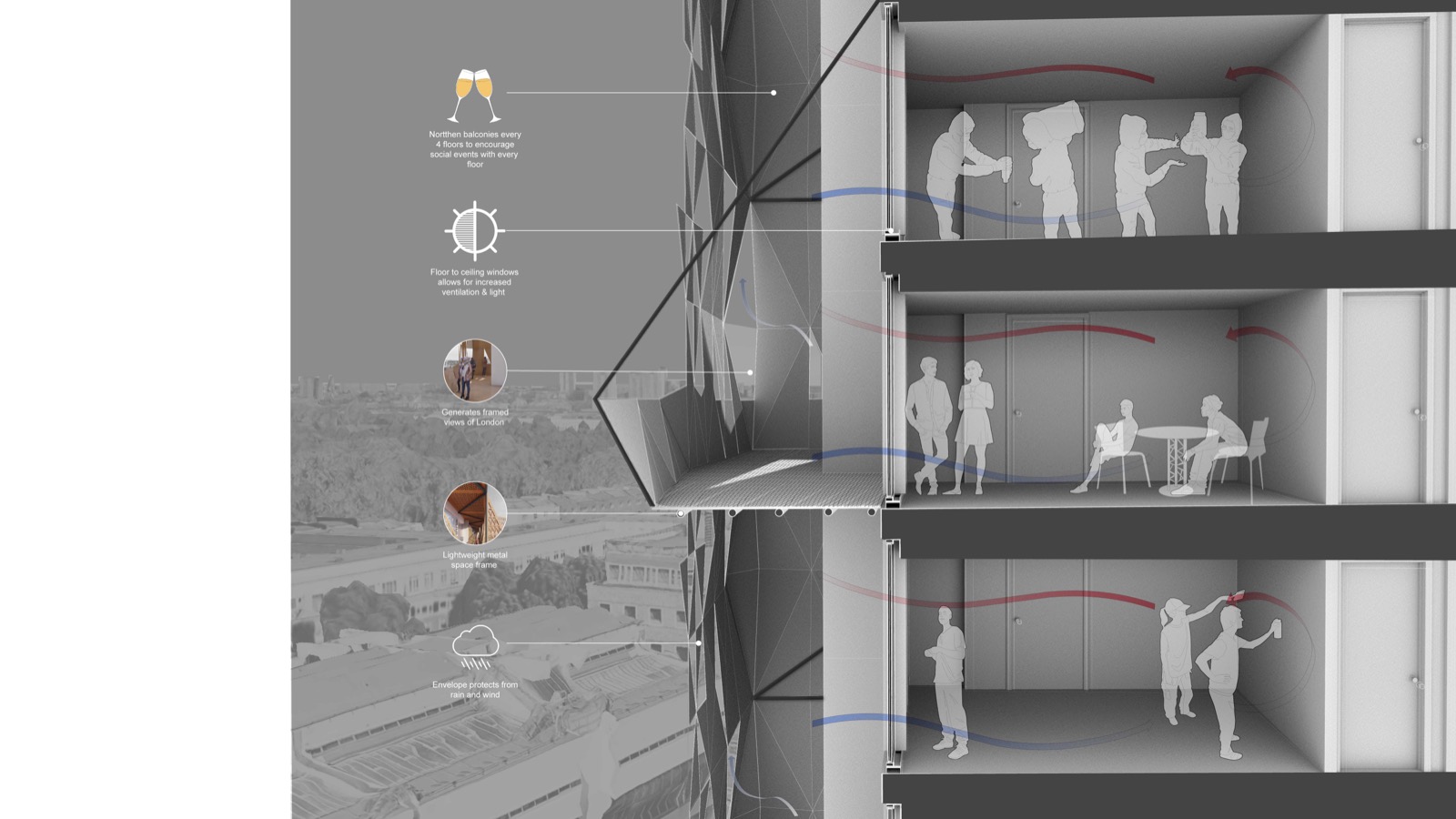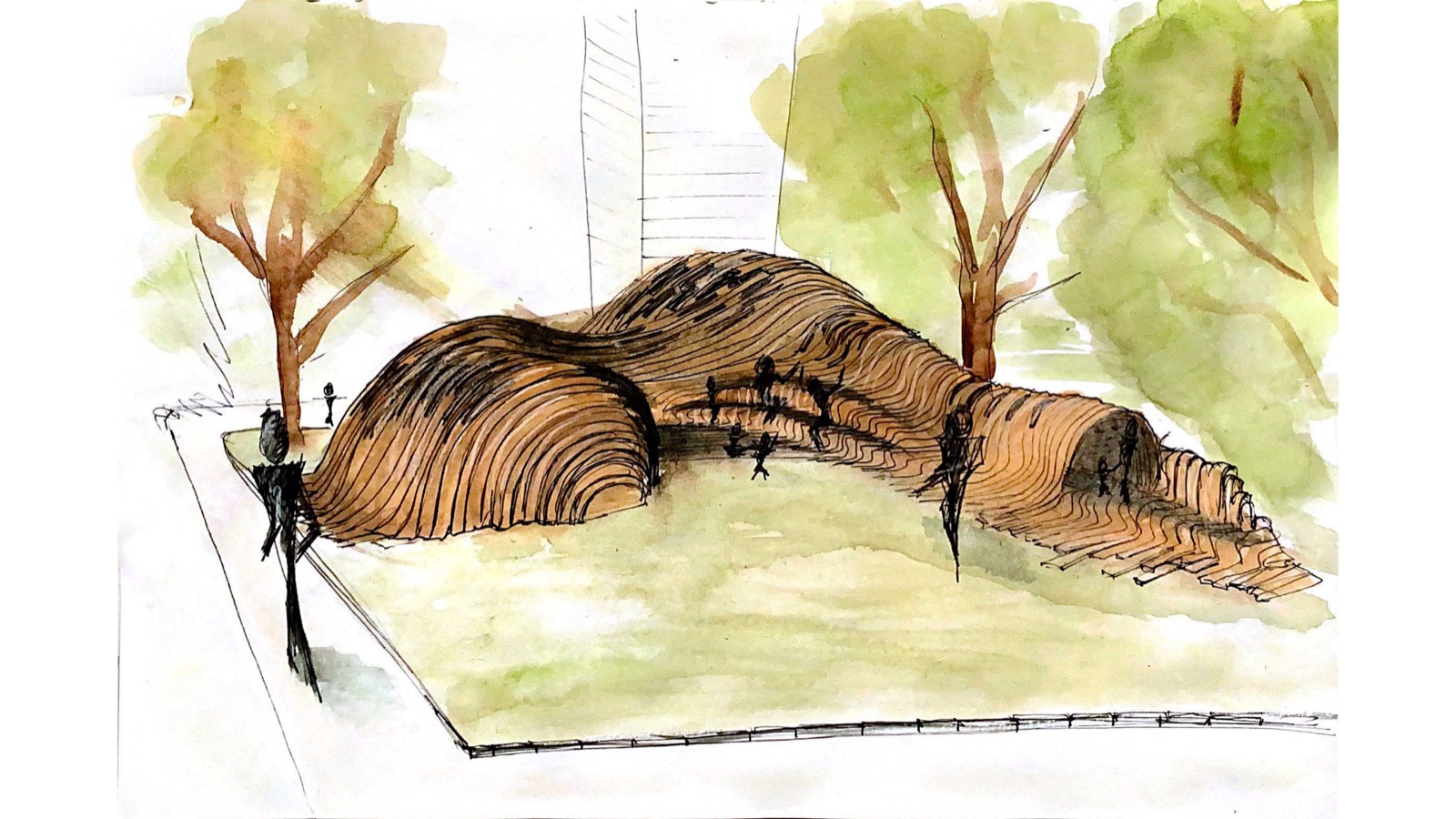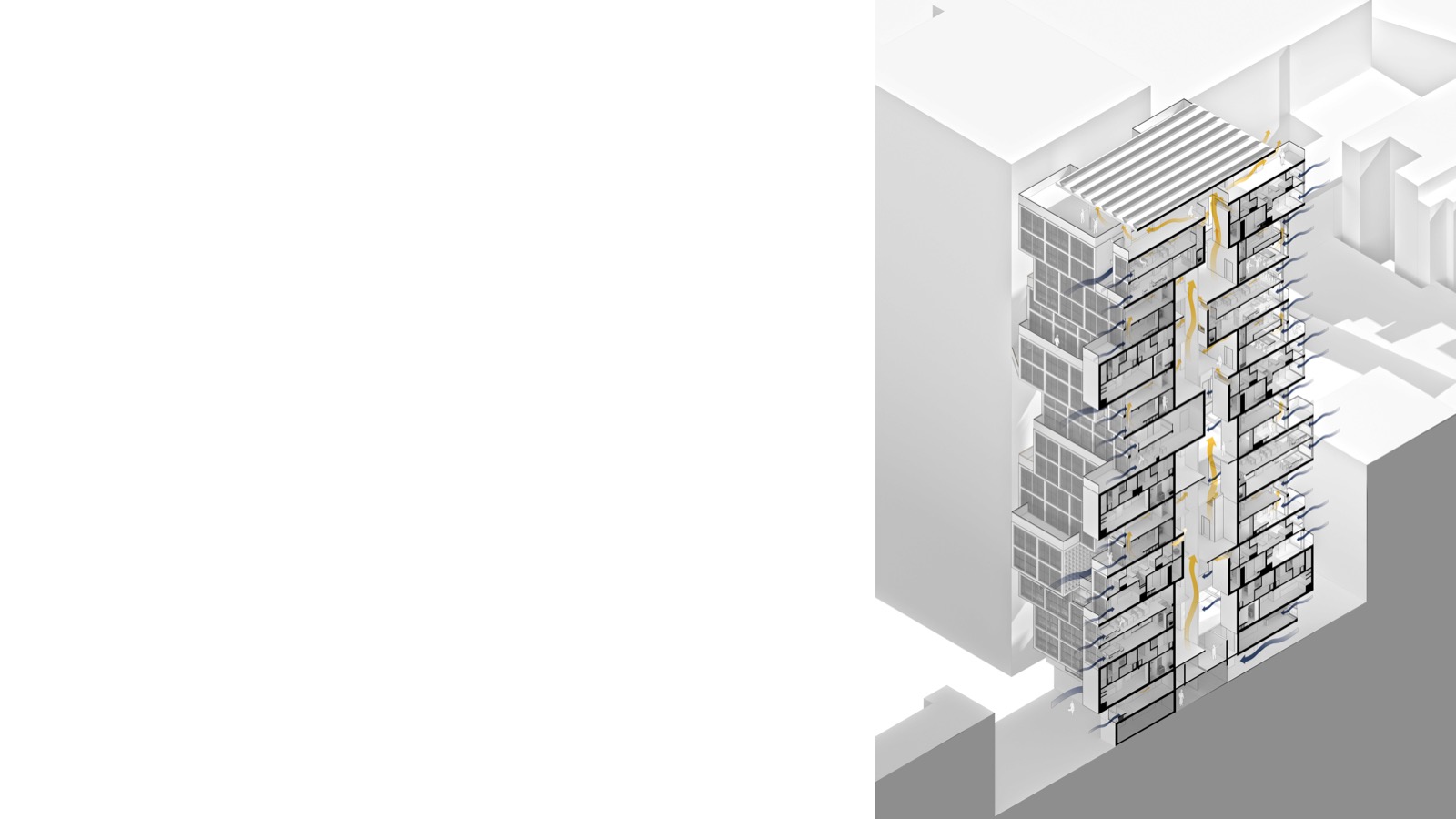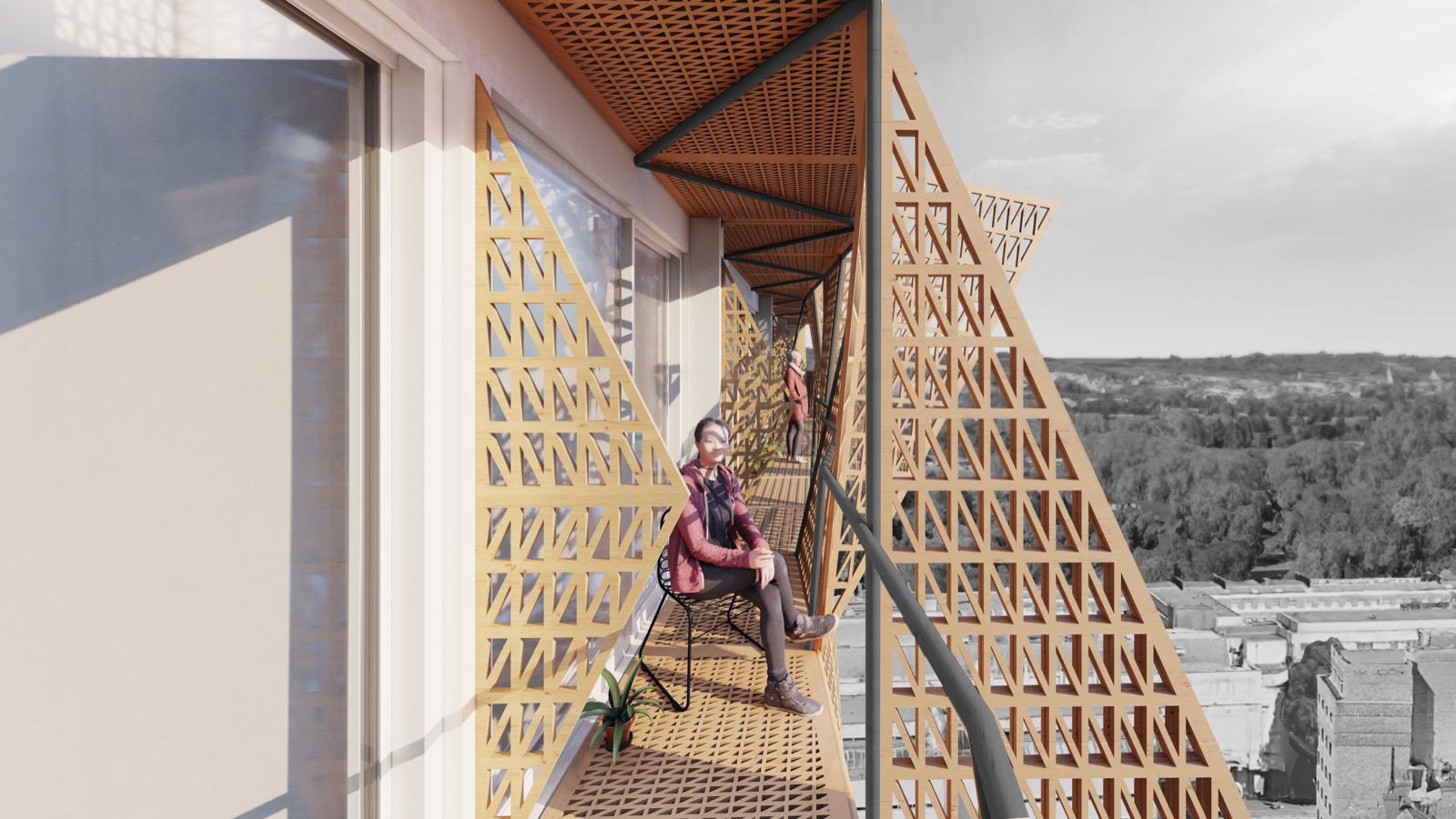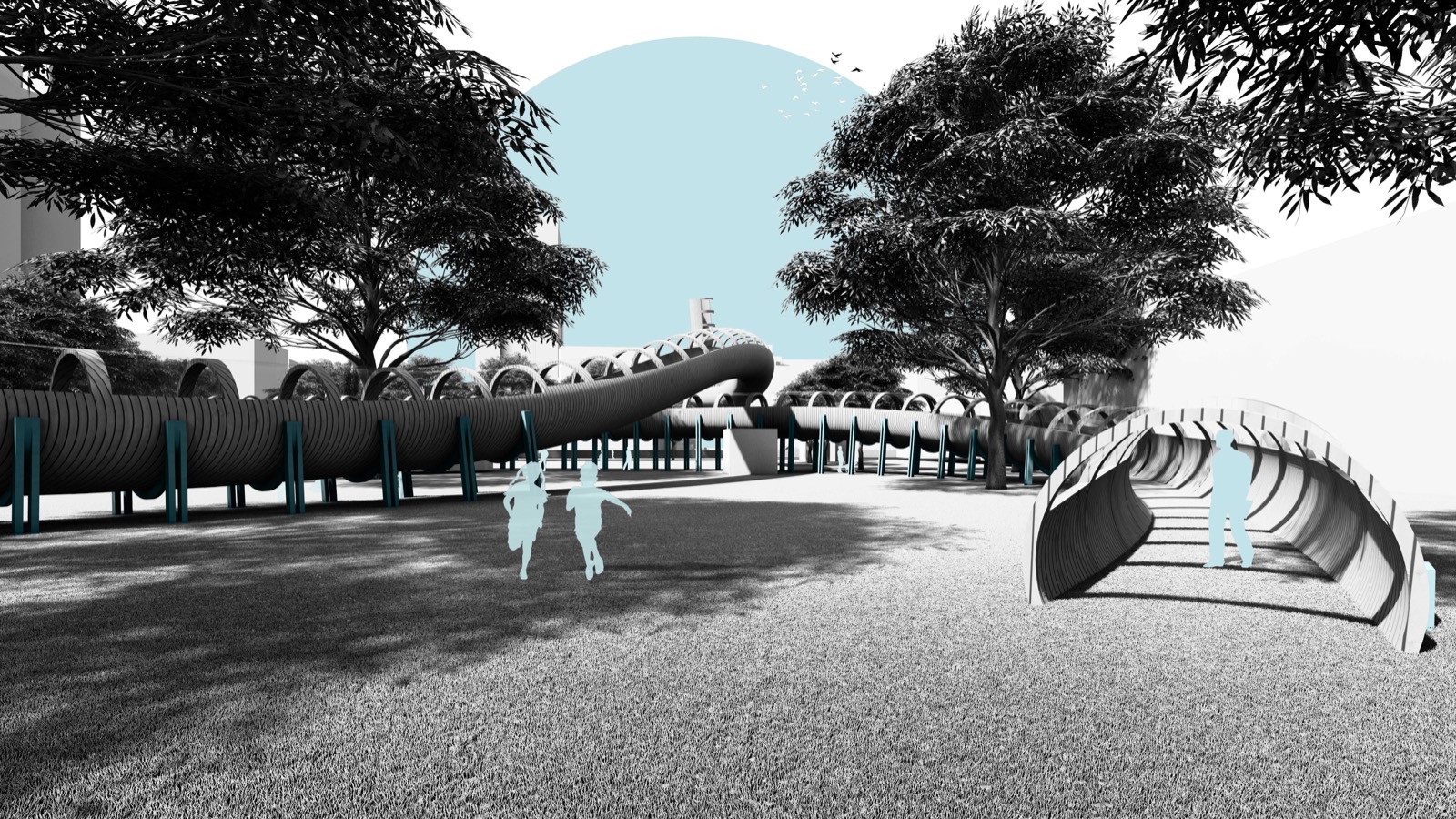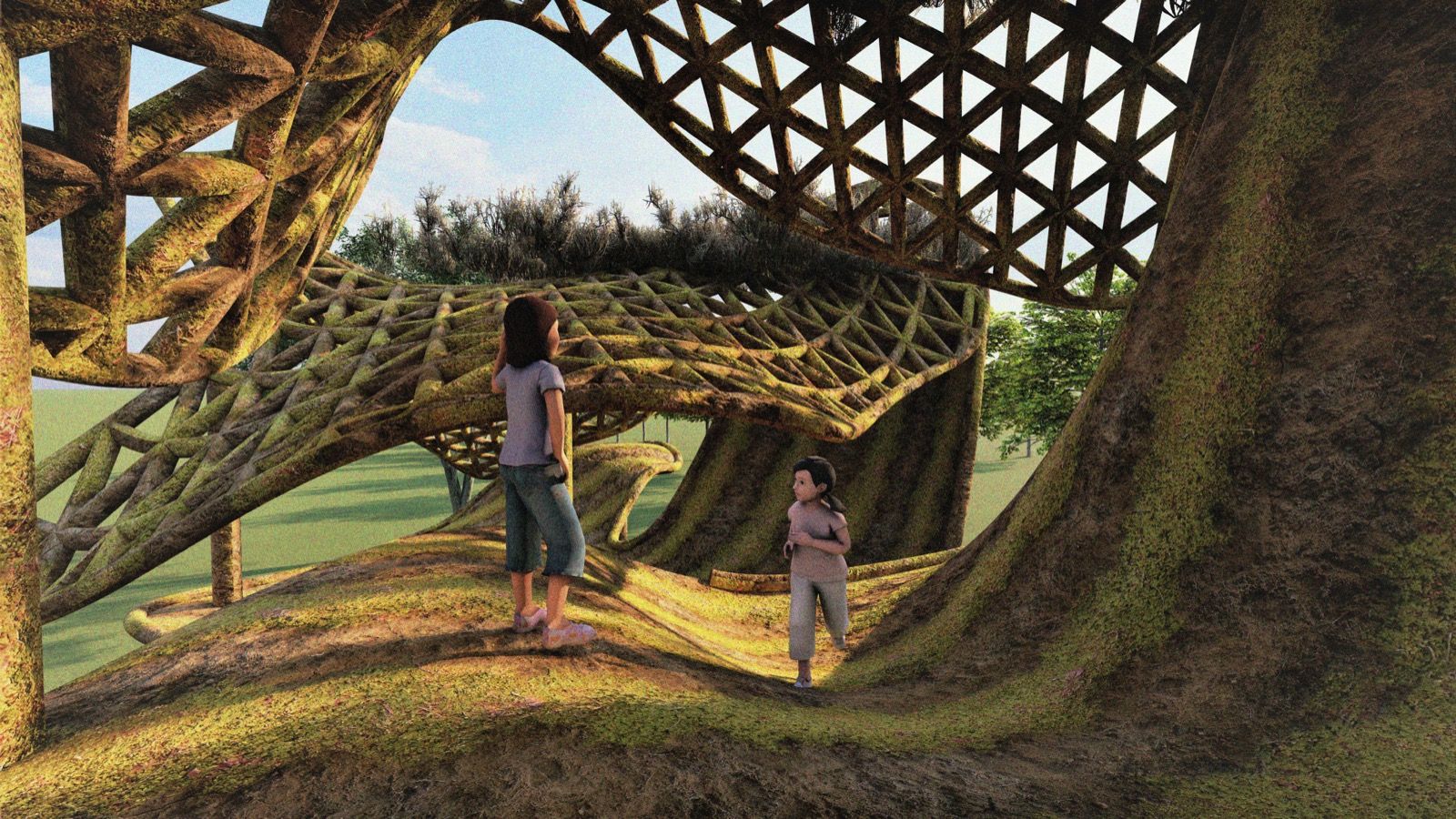BSc Architecture and Environmental Design Year 2 ARCHIVE
Tutors: Stefania Boccaletti, Carine Berger, Mehrdad Borna, Rosa Schiano-Phan & John Zhang
Stefania Boccaletti studied, practiced and taught architecture in Italy, Canada and England. She is interested in the impact of digital tools on the design and fabrication process in the field of architecture.
Carine Berger is an architect who has worked in Brazil and the UK in environmental design as a consultant and educator. Her research focuses on building integrated hydroponic farms in buildings.
Mehrdad Borna has over 15 years’ architecture, sustainability and environmental design experience in professional practice and higher education, specialising in issues of air quality and environmental design.
Rosa Schiano-Phan is an architect, consultant and academic who has worked in environmental design consultancy and research for the past 20 years. She is co-author of The Architecture of Natural Cooling (2019).
John Zhang is an architect and academic who runs Studio JZ. He holds and PhD from the RCA on the topic of contemporary Chinese architecture.
Year 2: Spatial Poetics and Human Comfort in the Age of Climate Change
Based on concepts of transformation and application, second year students developed skills to incorporate both intuitive and evidence-based tools into their design. This Evidence-based approach equipped students with tools to implement environmental design principles on top of which they could playfully develop their design proposals.
Four briefs introduced students to increasingly more complex scenarios and enables them to familiarise and eventually master new digital and analogue tools to understand, simulate and immerse themselves in the urban and environmental context with analytical precision. The data underpinning these exercises constituted the foundation for the development of their design proposals.
The first brief required students to analyse an urban area around the University of Westminster Marylebone Campus and communicate both its urban character and environmental data, including light/shadow, air pollution, wind, thermal (pattern of temperatures), and acoustic (noise pollution). The outcome was a meaningful environmental design strategy that informed the design for brief 2’s Climate Change Hub.
Briefs 3 and 4 examined the effects of climate change on the performance of existing buildings, and urged students to work towards the NZEB concept. Students developed performance-based design to retrofit Marylebone Hall to make it resilient to the new challenging climatic conditions between now and 2050.
Technical and Environmental Studies
The module offers a multi-scale approach to the study and practice of environmental design and its integration to the architectural design process. It is in this module that the principles of environmental design acquired in first year are deepened, creating explicit links with the design projects and paving the way for more advanced applications in the final year of study. The module is structured as a combination of theoretical lectures immediately followed by applicative workshops ranging from climate and site analysis to building analysis and human comfort. Talks by guest practitioners and researchers complete the students’ learning experience.
Archive of Architecture and Environmental Design Year 2’s work from previous years:
BSc Architecture and Environmental Design Y2 2018-2019
BSc Architecture and Environmental Design Y2 2019-2020










